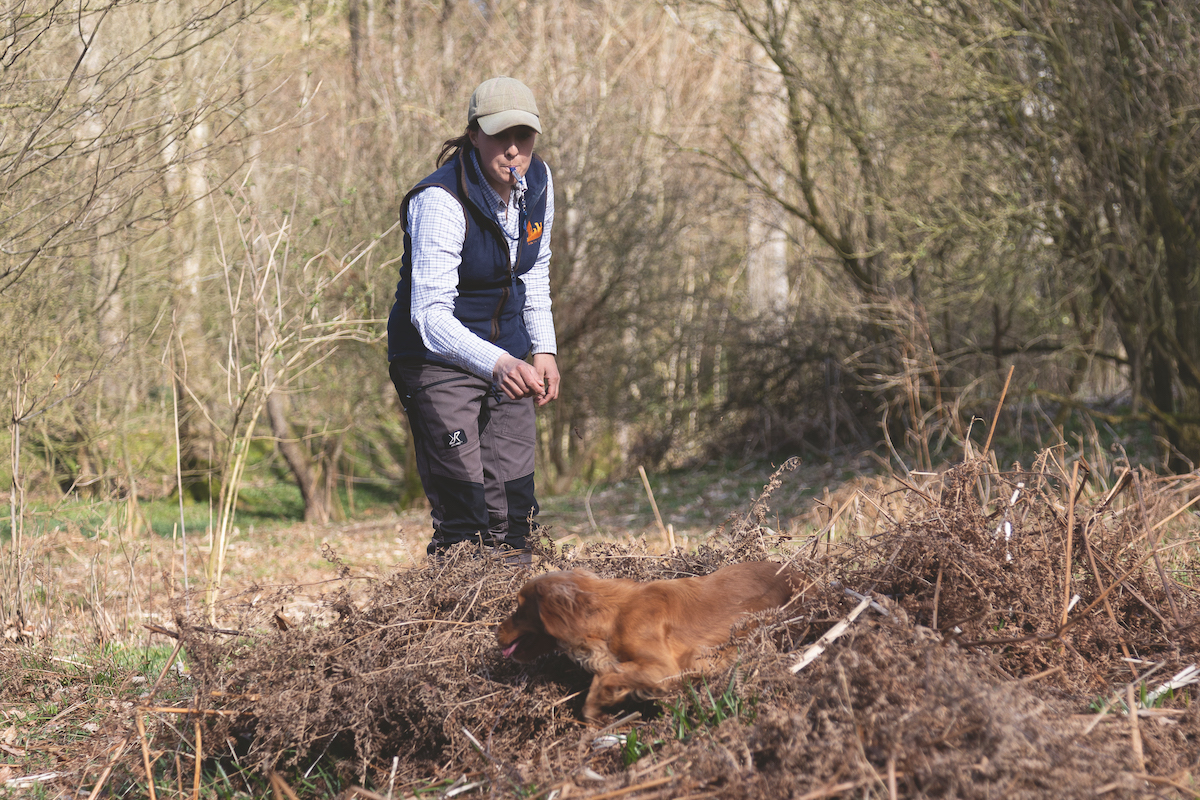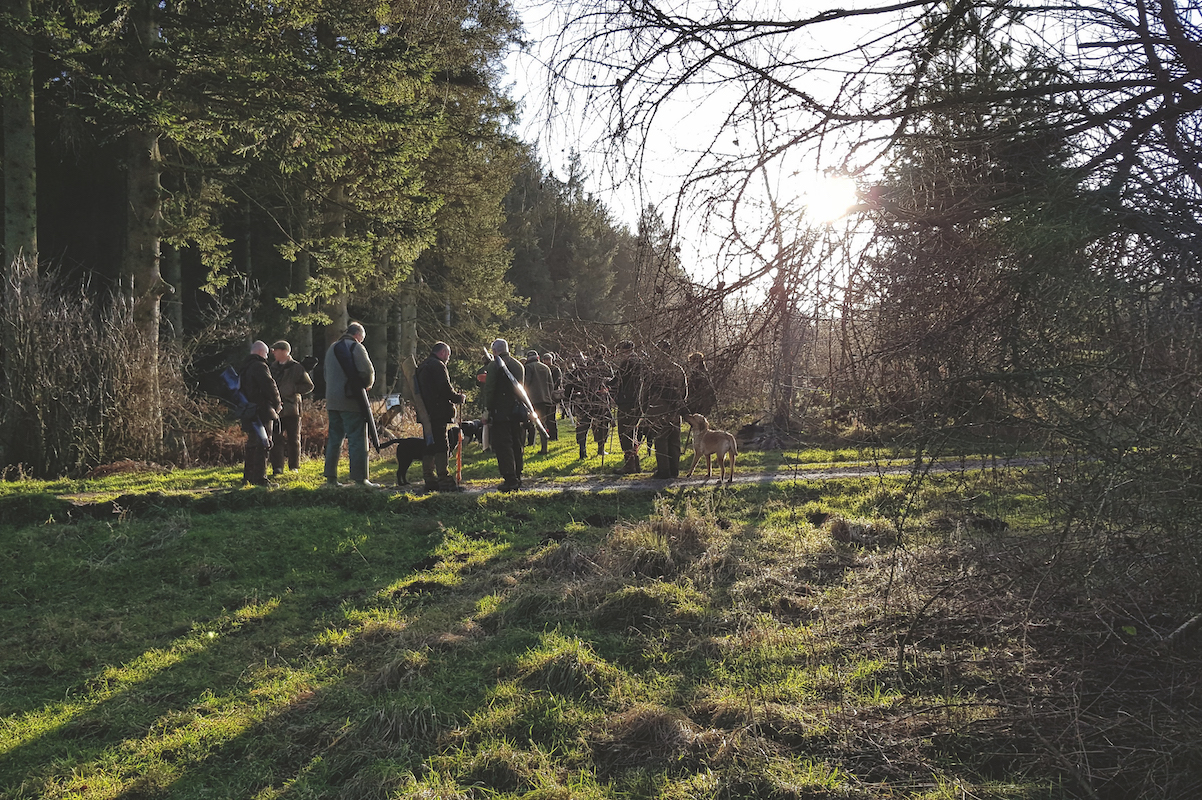How to concentrate your gundog on a single retrieve
Fran Ardley takes you through the steps to concentrate your dog on a single retrieve and how to avoid an embarrassing swap in a shooting field scenario
I am sure we have all witnessed the scenario on a shoot day when a dog is sent for a retrieve, picks a bird and then runs over to another bird, drops the first then picks-up the second. It’s even worse if the first bird is a runner and the dog drops it as he decides to collect a dead one. The pricked bird then runs off and the dog drops the dead one to chase after the runner.
It is mayhem and, believe me, if it is your dog performing the ‘swapsy’ game, you will not be able to dig a big enough hole quick enough. On a more serious note, it is a really annoying habit, especially if you are picking-up. Imagine you have marked your birds down and another dog comes in and picks a particular bird, then runs on to another and on the way drops the original one. Unless you are constantly watching what is happening, that first bird may well not be found and be lost to the bag. As I said, a most annoying habit.
I believe in training for all scenarios. I compete in field trials and, if a dog swapped while out on a retrieve, it would mean immediate disqualification from the competition. I also pick-up on a number of grouse moors and pheasant shoots during the season, so it is important that my dogs are trained to pick one retrieve at a time, no matter how many are lying in the vicinity. It is at this time of the year that I spend a considerable amount of time refining this kind of training in preparation for the forthcoming shooting season.
As with all aspects of gundog training you should ensure your dog’s basic obedience is solid, especially when you begin to teach more complex training exercises. Make sure your dog has a keen retrieving instinct, a good (instant) recall and understands the command “leave it”. If any of these are not fully understood by the dog, do not attempt to train these particular exercises. The dog could get potentially very confused and it may even refuse to retrieve.
It is important to stay calm and make your commands clear and precise.
Setting it up
You will need two dummies for the exercise. I like to use high contrast – dark and light – dummies, so they are really visible to the dog. Sit the dog and set the two dummies at about 90 degrees to the left and right, but do not set them too close.
Line up your dog and send it for one of the retrieves. As soon as the dog has the dummy in its mouth, immediately recall it as you do not want it to run over the other dummy. Timing is key. Take the retrieve and put it back in place, then send the dog for the opposite one.

Fran uses light and dark coloured dummies so they are easily seen by the dog during the exercise
Getting closer
The next stage is to gradually move the dummies closer together. As you reduce the distance, there is a greater chance of the dog running over to the other retrieve. If this does happen get the dog back – preferably without the dummy – and set up the task again and increase the distance.
It is vital that you get your timing right.
As soon as the first dummy is picked, give the dog lots of encouragement to get it back to you as quickly as possible.
Upping the game

Set the dummies in a triangle formation with the middle one nearest to you
Once your dog is consistently picking the angled dummies you can increase the difficulty and temptation. Set up three dummies in a triangle formation with the middle one nearest to you and the dog. Again, I like to use a high-contrast dummy that will draw the dog’s eye away from the other two. By now your dog should have the idea that it should only pick the one dummy at a time but do not be complacent and get on that recall as soon as the dummy is in the dog’s mouth.
The test

The final stage is to put the middle dummy furthest away from your sending point
The final stage is to reverse the triangle (above) and put the middle dummy furthest away from your sending point; this will mean the dog has to go through the two outer dummies and pick the middle one first. You should change which dummy you want the dog to pick but initially concentrate on the middle one. When you are confident the lesson has been learned, you can try it with cold game, but remember to set up the task from step one and treat it as a new lesson.










